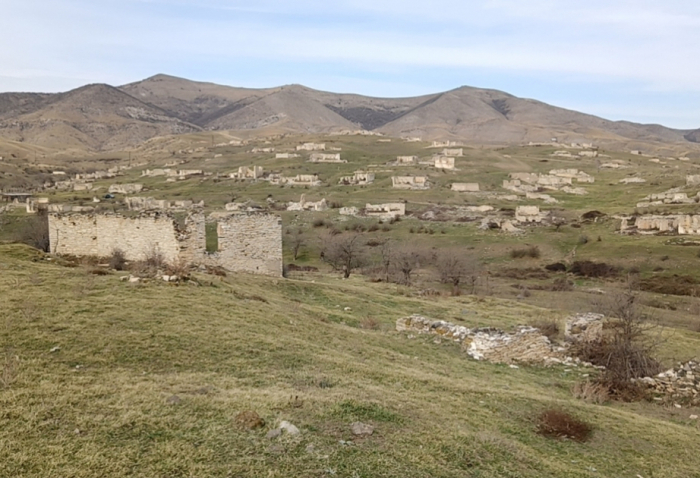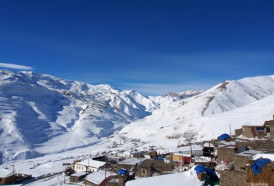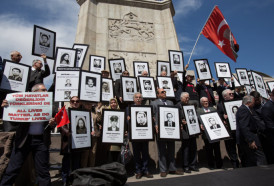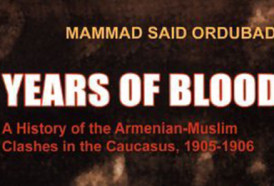Starting in November 1991, during the occupation of the villages of Jamilli, Karkijahan, Gushcular, Malibeyli, and Mesheli, Armenian armed groups committed war crimes against the civilian population. These forces besieged Azerbaijani villages in the mountainous region of Karabakh, isolating them and then occupying them. They massacred civilians, looted homes and farms, and set everything on fire.
One of the bloodiest chapters in Azerbaijan’s history is the Garadaghly tragedy, which occurred on February 17, 1992. The massacre committed by Armenian armed forces in Garadaghly village is one of the largest genocidal acts against Azerbaijan’s civilian population. Located 13 kilometers west of the Khojavand district center along the Khojavand-Khankendi road in a foothill area, Garadaghly became a symbol of cruelty and inhumanity.
Key Events
November 24, 1990 – Three villagers were brutally murdered by Armenian militants 6 kilometers from the Khojavand-Khankendi road.
January 9, 1991 – An Armenian attack on a UAZ vehicle traveling to Garadaghly resulted in one death and four injuries, two of whom later succumbed to their wounds.
March 8, 1991 – Two people were viciously killed near the village.
June 28, 1991 – Three men and three women were burned alive at a farm close to the village.
September 8, 1991 – Armenian militants opened fire on a passenger bus traveling from Aghdam to Garadaghly, killing eight passengers.
January 8, 1992 – Another Azerbaijani was brutally murdered near the village, and Armenian forces stole nearly 100 sheep.
During these attacks, 118 people were taken hostage, and 33 were executed. Armenian executioners discarded the bodies of the slain and wounded in a farm pit and buried them. In total, 68 of the hostages were killed, while 50 were freed under difficult circumstances. Among the hostages were 10 women and two schoolchildren. Of the freed captives, 18—including five women—later died from severe injuries.
As a result of this genocide, two families in Garadaghly lost four members each, 43 families lost their breadwinners, and 146 children were orphaned. Ten of the victims were women, and eight were school-age children. Overall, 91 villagers, one in every ten, were killed. The village’s 200 homes, cultural center, 320-seat school, 25-bed hospital, historical and cultural monuments, and cemetery were all destroyed. With about 800 inhabitants, Garadaghly became a tragic symbol of Armenian violence and cruelty.
The Garadaghly tragedy is not only a crime against Azerbaijan but also a crime against humanity. The international community must take steps to prevent such massacres from happening again.
The Azerbaijani people avenged their martyrs by liberating Garadaghly and other occupied villages, restoring historical justice. However, the struggle for global recognition of this tragedy and its legal evaluation must continue. To raise awareness of the Garadaghly massacre, the Khojavand District Executive Authority initiated the production of several documentaries: "Genocide: Garadaghly", "Genocide Garadaghly: Continues..." (in Azerbaijani, Russian, English, and French), and " Garadaghly, Struggle". Additionally, the book "Garadaghly Genocide Through the Eyes of Witnesses" was published.
Memorial complexes have been built in Yeni Garadaghly, Yeni Khojavand, and the Nargiztepe area to honor the martyrs of the Garadaghly genocide.
More about:
















































